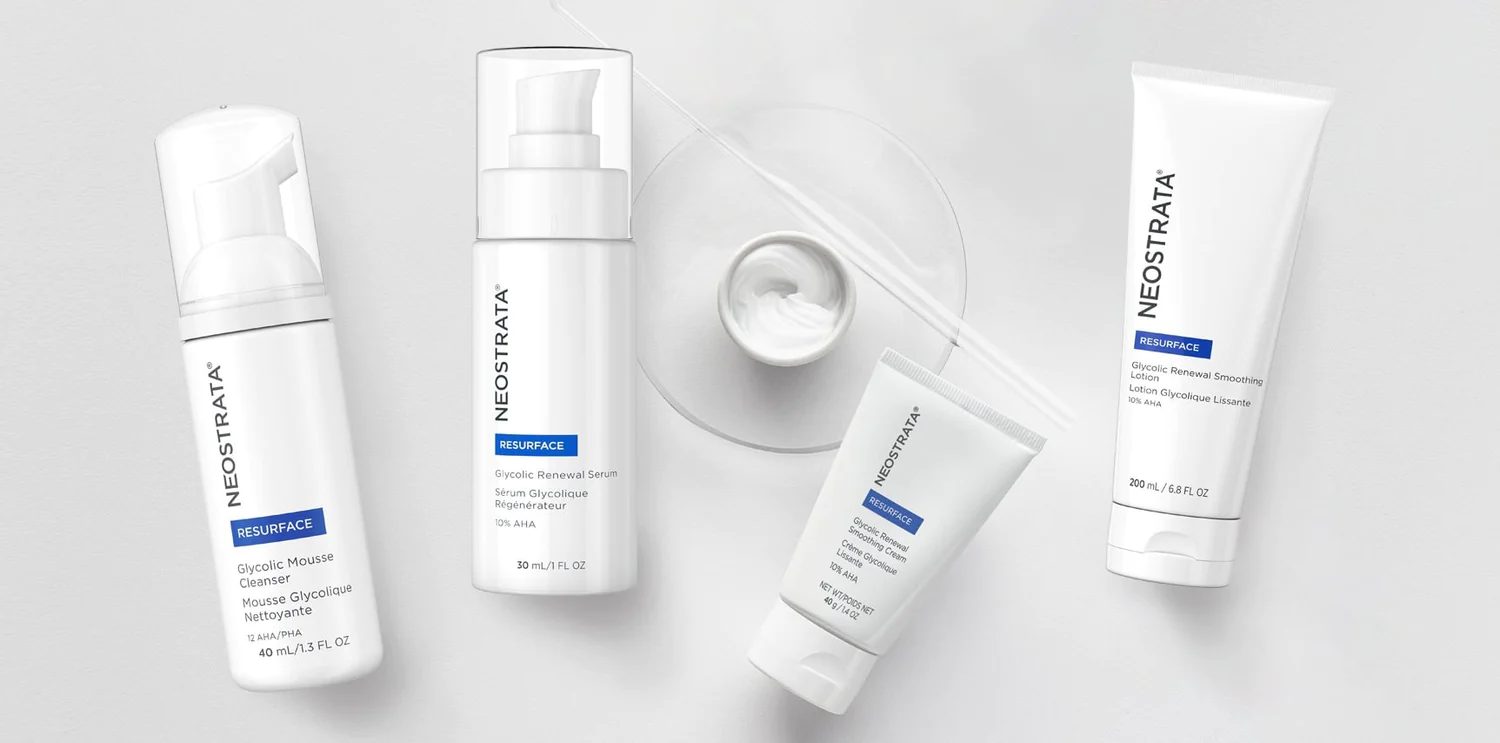In a world where first impressions matter and self-confidence is often intertwined with appearance, achieving healthy and radiant resurfacing crème has become a universal desire. Our skin, the largest organ of our body, goes through a constant cycle of growth and renewal, with old skin cells making way for newer ones. However, as we age or face environmental stressors, this natural process can slow down, leading to a dull complexion, uneven texture, and the emergence of fine lines. The solution? Enter the transformative power of resurfacing crèmes – the skincare secret that’s taking the beauty world by storm.
How do you use Resurfacing Cream?

Using a resurfacing cream can greatly enhance your skincare routine and help achieve a more radiant and rejuvenated complexion. However, it’s important to use these products correctly to avoid any potential irritation or negative effects. Here’s a step-by-step guide on how to effectively use a resurfacing cream:
Start with Clean Skin:
Begin by cleansing your face with a gentle cleanser to remove any dirt, makeup, and impurities. Clean skin ensures that the resurfacing cream can penetrate effectively and work its magic.
Patch Test:
Before applying the resurfacing cream all over your face, it’s wise to conduct a patch test. Apply a small amount of the product to a small, inconspicuous area of your skin (such as behind your ear or on your jawline) and wait 24 hours to check for any adverse reactions.
Frequency:
The frequency of application depends on the strength of the resurfacing cream and your skin’s tolerance. Start by using it every other day or a few times a week and gradually increase the frequency if your skin responds well. Overusing strong exfoliants can lead to irritation, so it’s best to be cautious.
Apply a Thin Layer:
After cleansing and drying your face, apply a thin, even layer of the resurfacing cream to your skin. Use your fingertips or a clean applicator to gently spread the product. Avoid applying it too close to the eyes, lips, and any areas of active irritation.
Avoid Sensitive Areas:
Be careful around sensitive areas like the corners of your nose, any open wounds, or areas with active breakouts. These areas can be more prone to irritation.
Wait and Monitor:
After applying the resurfacing cream, give it a few minutes to absorb into your skin. It’s normal to feel a slight tingling sensation, especially with products containing AHAs or BHAs. If you experience excessive burning or discomfort, remove the product immediately and rinse your face with water.
Follow Up with Moisturizer:
Once the resurfacing cream has been absorbed, apply a moisturizer to soothe and hydrate your skin. This step is crucial as exfoliants can temporarily disrupt the skin barrier, and moisturizing helps restore balance.
Sun Protection is Key:
Using a resurfacing cream can make your skin more sensitive to the sun. Always follow up with a broad-spectrum sunscreen with at least SPF 30 during the day, even if you’re indoors. Sunscreen helps protect your freshly exfoliated skin from UV damage and prevents further pigmentation issues.
Avoid Other Exfoliants:
While using a resurfacing cream, it’s best to avoid other physical or chemical exfoliants in your routine to prevent over-exfoliation.
Remember, consistency is key when it comes to skincare results. Give your skin time to adjust to the resurfacing cream, and if you experience any persistent irritation or adverse reactions, it’s a good idea to consult a dermatologist. Every individual’s skin is unique, so what works for one person might not work for another. Listen to your skin’s feedback and tailor your routine accordingly.
What are the ingredients in Resurfacing Cream?
The specific ingredients in a resurfacing cream can vary widely based on the brand, formulation, and intended purpose of the product. However, I can provide you with a general overview of common ingredients you might find in a resurfacing cream:
Alpha Hydroxy Acids (AHAs): These include ingredients like glycolic acid (from sugar cane), lactic acid (from milk), citric acid (from citrus fruits), and malic acid (from apples). AHAs help exfoliate the skin’s surface, promote cell turnover, and improve the appearance of fine lines, texture, and uneven pigmentation.
Beta Hydroxy Acids (BHAs): Salicylic acid is a common BHA used in skincare. It’s oil-soluble, making it effective at penetrating pores and helping to clear out excess oil, dead skin cells, and debris. BHAs are often used for acne-prone or oily skin.
Enzymes: Natural enzymes like papain (from papaya) and bromelain (from pineapple) can gently exfoliate the skin by breaking down proteins that hold dead skin cells together.
Retinoids: Vitamin A derivatives like retinol and retinoids can help stimulate cell turnover, improve skin texture, and reduce the appearance of wrinkles. They’re often included in resurfacing products for their anti-aging benefits.
Peptides: Peptides are short chains of amino acids that can support collagen production and help improve the skin’s overall texture and firmness.
Hyaluronic Acid: While not an exfoliant, hyaluronic acid is often included in resurfacing products to provide hydration and plumpness to the skin, which can be especially important after exfoliation.
Antioxidants: Ingredients like vitamin C, vitamin E, and green tea extract can protect the skin from environmental damage and help brighten the complexion.
Niacinamide: Also known as vitamin B3, niacinamide can help balance oil production, improve the appearance of pores, and even out skin tone.
Plant Extracts: Many resurfacing creams include botanical extracts like chamomile, aloe vera, and calendula to soothe and calm the skin.
Moisturizing Ingredients: Ingredients like glycerin, ceramides, and fatty acids can help maintain the skin’s moisture barrier, especially important after exfoliation.
It’s important to note that resurfacing creams can vary widely in terms of potency and potential for irritation. If you’re new to using resurfacing products, it’s a good idea to start with a lower concentration and gradually work your way up to more potent formulations to avoid overwhelming your skin. Additionally, always perform a patch test before applying any new product to your face to check for any adverse reactions.

